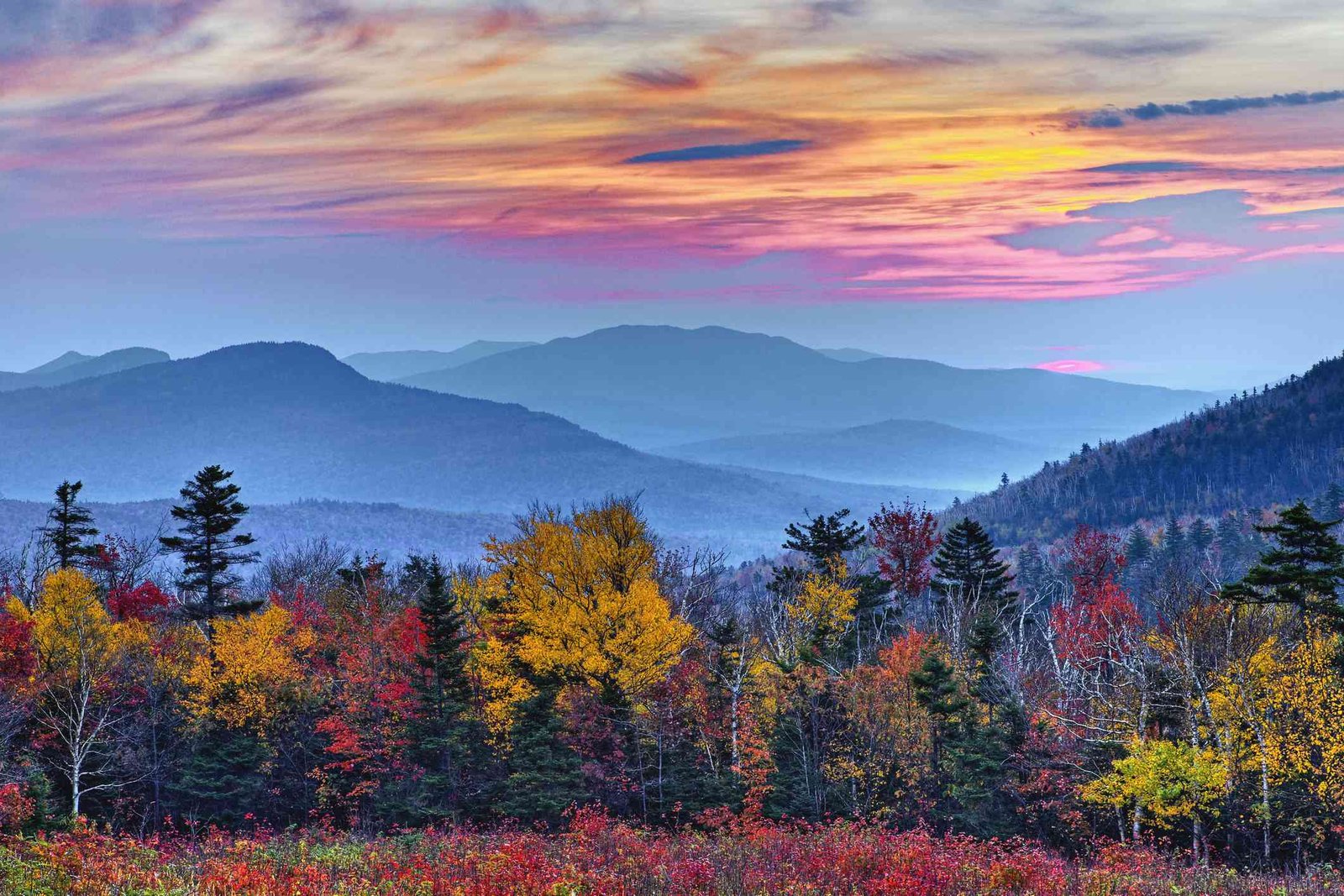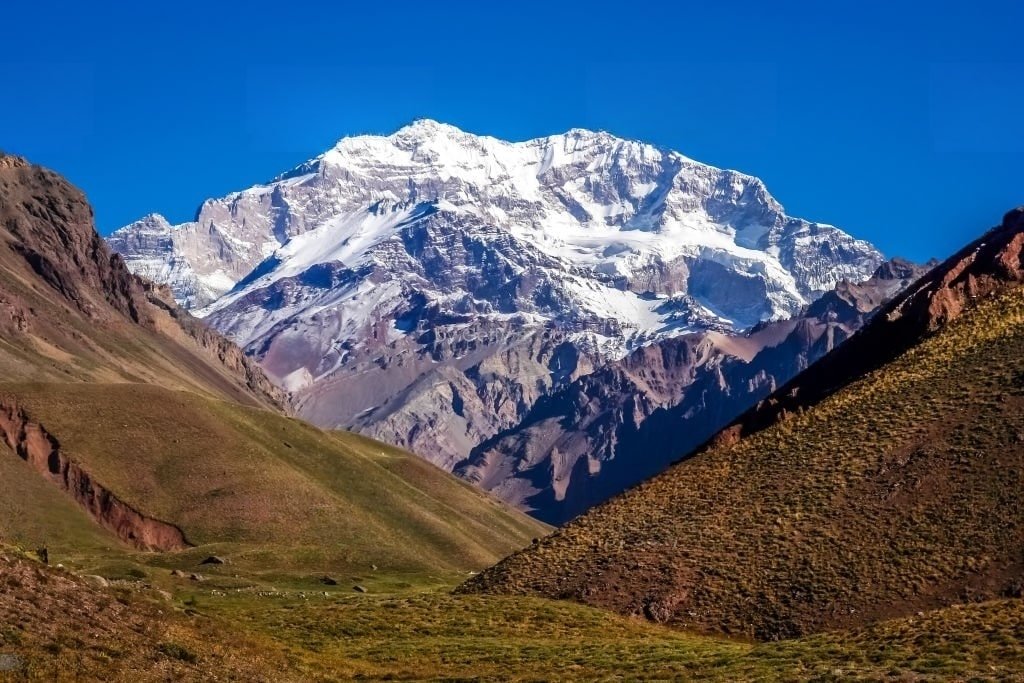Nestled in the heart of New Hampshire, White Mountain National Forest is a breathtaking wilderness area that attracts millions of visitors every year. With its stunning natural beauty, rich history, and endless outdoor activities, it’s no wonder why this region has become one of the most popular destinations for nature lovers and adventure seekers alike. In this article, we will explore the wonders of White Mountain and discover why it’s a must-visit for anyone who loves the great outdoors.
Introduction to White Mountain National Forest
White Mountain National Forest covers over 750,000 acres of pristine wilderness in New Hampshire and Maine. It’s home to towering peaks, rushing rivers, crystal-clear lakes, and miles of hiking trails that wind through dense forests and alpine meadows. The forest is named after the White Mountains, a range of peaks that dominate the region and offer some of the best hiking and climbing opportunities in the Eastern United States.
History and Culture of White Mountain National Forest
The White Mountains have a rich history that dates back thousands of years. The region was home to several Native American tribes, including the Abenaki and the Penacook, who used the area for hunting, fishing, and gathering wild berries and plants. In the 18th century, European settlers began to explore the region, and by the early 19th century, the White Mountains had become a popular destination for tourists.
The forest itself was established in 1918, and over the years, it has become a cultural and historical landmark. Visitors can explore historic sites such as the Flume Gorge, a natural chasm that was discovered in 1808, or the Mount Washington Cog Railway, the first mountain-climbing cog railway in the world.
Outdoor Activities in White Mountain National Forest
With its rugged terrain and diverse ecosystems, White Mountain offers a wide range of outdoor activities for visitors of all ages and skill levels. Hiking is one of the most popular activities, with over 1,200 miles of trails that range from easy walks to challenging mountain climbs. Some of the most popular trails include the Appalachian Trail, the Franconia Ridge Loop, and the Mount Washington Summit Trail.
In addition to hiking, visitors can enjoy a variety of other outdoor activities such as camping, fishing, boating, rock climbing, and mountain biking. The forest also offers winter sports such as skiing, snowboarding, and snowshoeing, making it a year-round destination for outdoor enthusiasts.
Wildlife and Natural Wonders of White Mountain
White Mountain is home to a wide variety of wildlife, including moose, black bears, bobcats, and coyotes. Visitors may also spot smaller mammals such as chipmunks, squirrels, and raccoons, as well as a variety of bird species such as hawks, eagles, and owls.
The forest is also known for its natural wonders, including waterfalls, lakes, and scenic overlooks. Some of the most popular attractions include the Flume Gorge, a narrow gorge with towering walls of granite; the Kancamagus Highway, a scenic drive that winds through the heart of the forest; and the Mount Washington Auto Road, a historic road that leads to the summit of the highest peak in the Northeast.
Preservation Efforts and Sustainability
White Mountain is committed to preserving its natural resources and promoting sustainable practices. The forest is managed by the U.S. Forest Service, which works to protect the ecosystem and maintain a balance between recreational use and conservation. Visitors are encouraged to follow Leave No Trace principles, which include packing out all trash, staying on designated trails, and respecting wildlife and their habitats.







